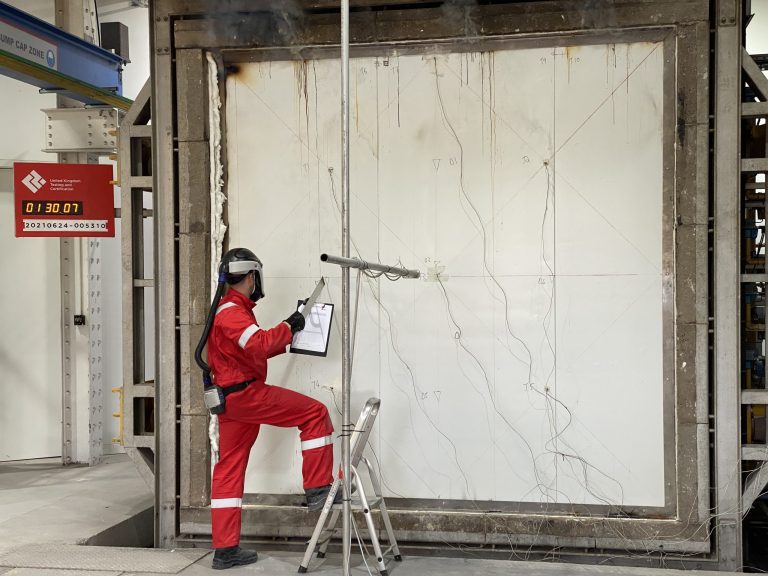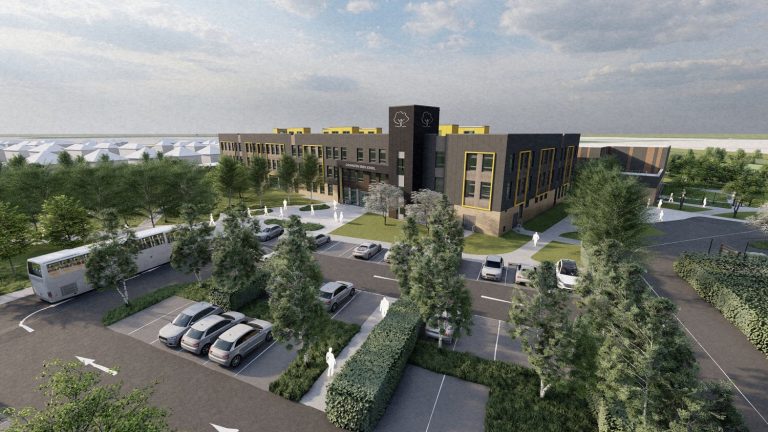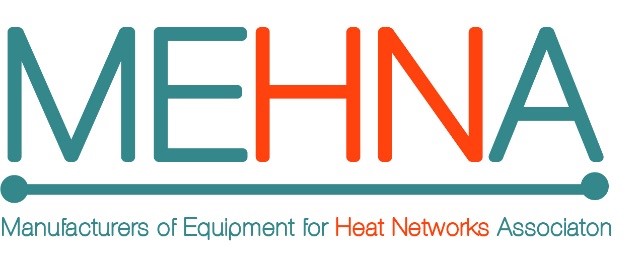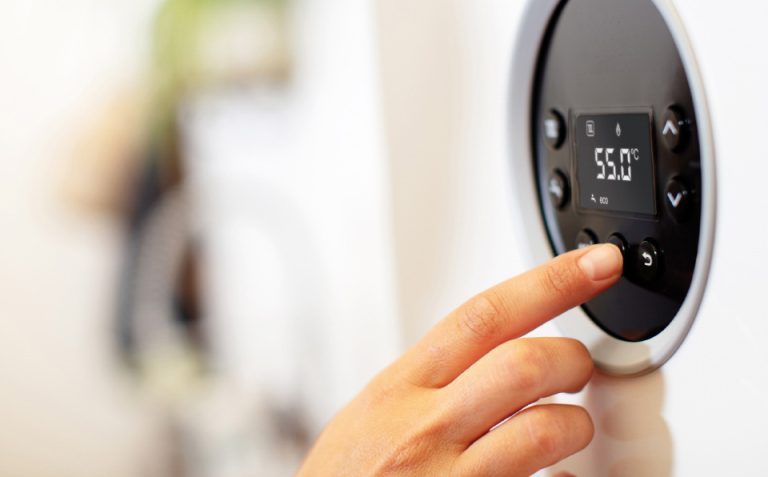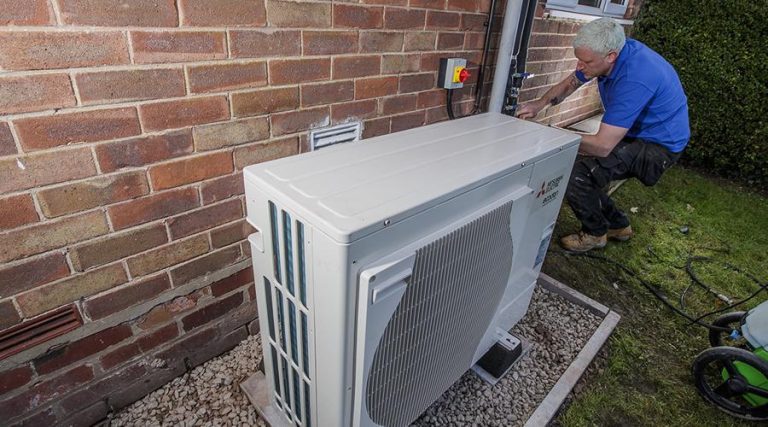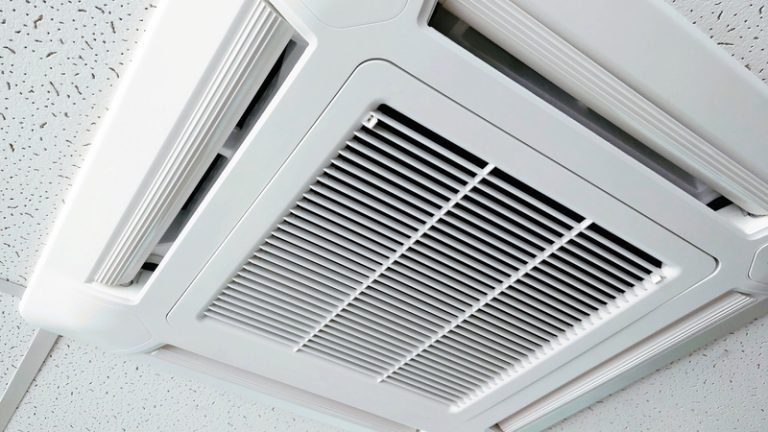The award-winning Queens Quay Heat Pump Energy Centre is providing low-carbon heating to the first phases of the £250m Clydebank-based development and members of West Dunbartonshire Council, Vital Energi and Star Renewables recently gathered to celebrate the achievement at an official opening. The opening is a particularly timely showcase of Scottish innovation as world leaders are set to gather in Glasgow for the COP26 United Nations Conference. The £20m project, which was delivered by Vital Energi on behalf of West Dunbartonshire Council will provide heating and hot water to the 23-hectare Queens Quay development which includes plans for 1,200 homes, businesses and public buildings. The initial phase connects Aurora House, the Titan Enterprise Centre, Clydebank Leisure Centre and care home, Queens Quay House. At full build out the project will deliver circa 5,705 tonnes of CO2 reduction per year due to grid decarbonisation. Scott Lutton, Vital Energi’s Operations Director – North & Scotland said, “With COP26 fast approaching it is timely that we showcase the local authorities who have successfully delivered initiatives to meet their carbon targets and are an inspiration to others. West Dunbartonshire Council have shown that it is possible to, not only deliver large carbon reduction by harnessing renewable technology, but that this heat can be delivered at a more affordable price. “One of the truly exciting things about this development is that it will continue to grow over multiple phases, increasing in scale, becoming more efficient and allowing more people, businesses and organisations to access low-carbon heat.” The energy centre houses two 2.65MW water source heat pumps which extract water from the River Clyde at a rate of 125 litres per second and use the latent heat to produce heating and hot water for the development via a 5km district heating network. Councillor Iain McLaren, Convener of Infrastructure, Regeneration and Economic Development, said: “I am extremely proud to officially open the West Dunbartonshire Energy Centre. This ambitious project has been many years in the making and it’s a pleasure to see the system up and running, providing low-carbon heat energy to so many buildings already, and with the capability of expansion throughout Clydebank. “As the world turns its eyes to the West of Scotland for COP26, and we work to agree action to try and halt the climate emergency, we are determined to do our part. This system, alongside a number of other steps taken by the Council, will help us achieve our goal to be net zero by 2045 and lead the way in tackling the climate emergency.” The network was designed to accommodate further growth, with the potential to expand beyond Queens Quay over several phases. The network has been future-proofed, and pipework has been installed to supply the forthcoming Health Centre, West College Scotland, the first 140 flats and retail units currently on site, all other homes planned for the site as well as Clydebank Library and Clydebank Town Hall. Future plans also include connections to the Golden Jubilee Hospital, Clyde Shopping Centre Dalmuir Flats, and into the town centre. Councillor Daniel Lennie, West Dunbartonshire Energy LLP Board member, said: “This fantastic system is already heating so many public buildings from the leisure centre to the care home, with the potential to expand to the Golden Jubilee and beyond. “It makes me so proud that as a Council we are showing our commitment to our net zero mission, especially because we are using our shipbuilding heritage and the Clyde – our most famous resource – to do so. “As well as taking these steps to tackle the climate emergency, we are also addressing fuel poverty for our communities and I’m sure Clydebank will see the benefits of the system for years to come.”
